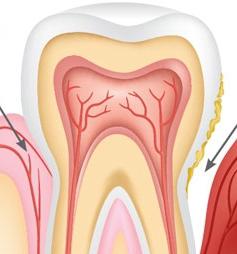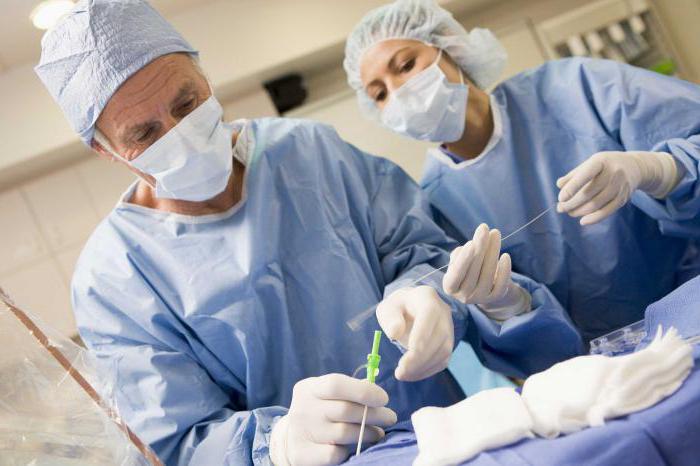Symptoms of periodontitis, diagnosis and treatment
Symptoms of periodontitis, inflammation of one of theroot membranes of the tooth, can manifest themselves in the acute and chronic form of this disease with almost the same intensity. Usually it develops as a consequence of neglected caries and its unprofessional treatment, and also because of the inflamed nerve.

Symptoms of periodontitis and its diagnosis
The mechanism of penetration of infection into the root canaland the surrounding tissues can be different. But the symptoms of periodontitis are similar in all cases: sharp pain (localized around a certain tooth), which becomes intolerable from touches and from hot drinks, the syndrome of an enlarged tooth (the patient feels that it seems to protrude out of the gum and becomes mobile), swelling and swelling of soft tissues . This ailment can also provoke a worsening of the general condition of the patient - the temperature rises, the head may get sore, the white blood cell count increases.
Diagnosis of periodontitis is complicated by the fact that the type of periodontal gap practically does not change and the X-ray can not show any signs of the disease.

One of the subtypes of the disease is fibroticperiodontitis - periodontal degeneration into fibrous tissue. In this case pathogenic processes proceed slowly, they are difficult to diagnose. Also, for a complete picture, one should call granulomatous and granulating periodontitis. The first is characterized by the formation of a connective tissue sac at the tip of one of the roots of the tooth.

Treatment of periodontitis
First, it is necessary to eliminate the hotbed of acuteinflammation and create conditions for the regeneration of a diseased tooth and restore its functions. The dentist will clean the canals by removing the remnants of the affected tissue and seals from their lumen, if they have been delivered. This process occurs in stages using special tools and antiseptic drugs. After cleaning, an antibacterial agent is added to the canal, which is left for a day and replaced as needed with a new portion. After the inflammation has been eliminated, it is necessary to stimulate the regeneration of periodontal disease and only then to make a temporary or permanent filling.
</ p>


